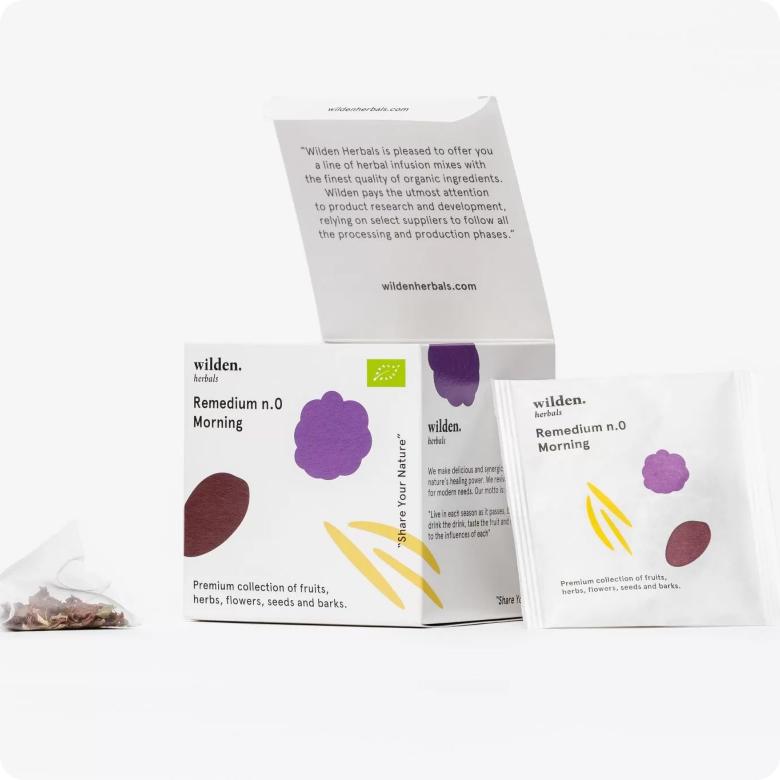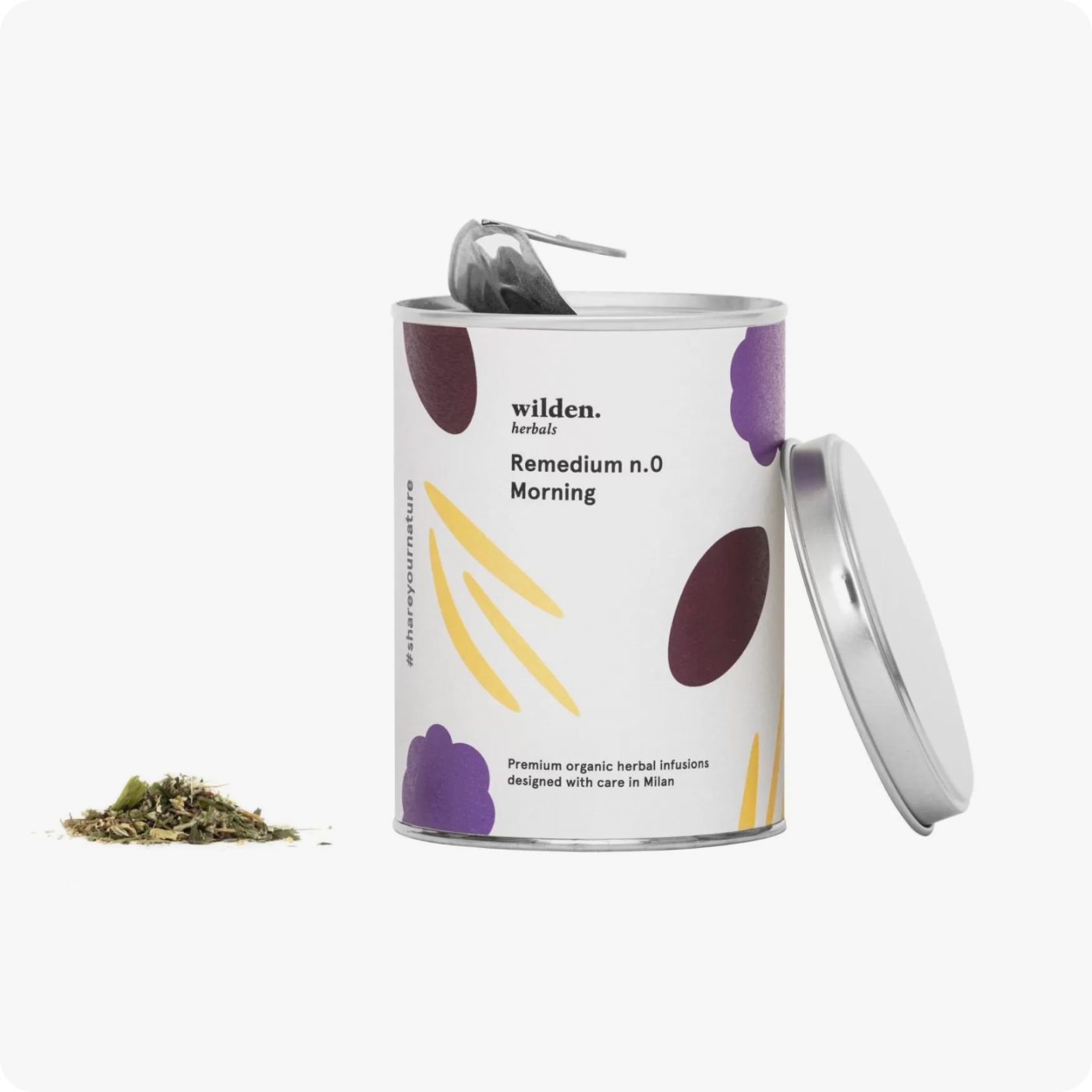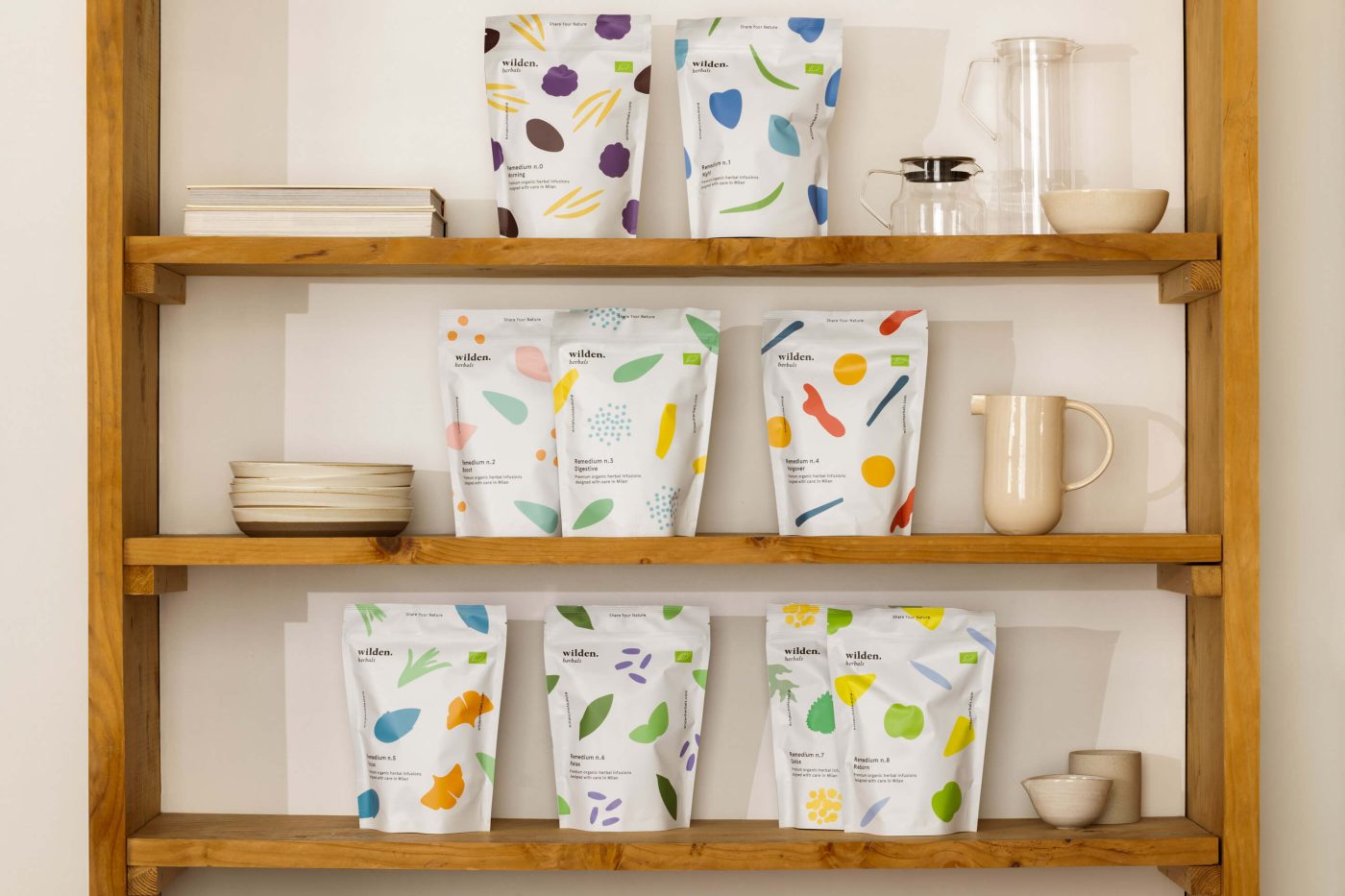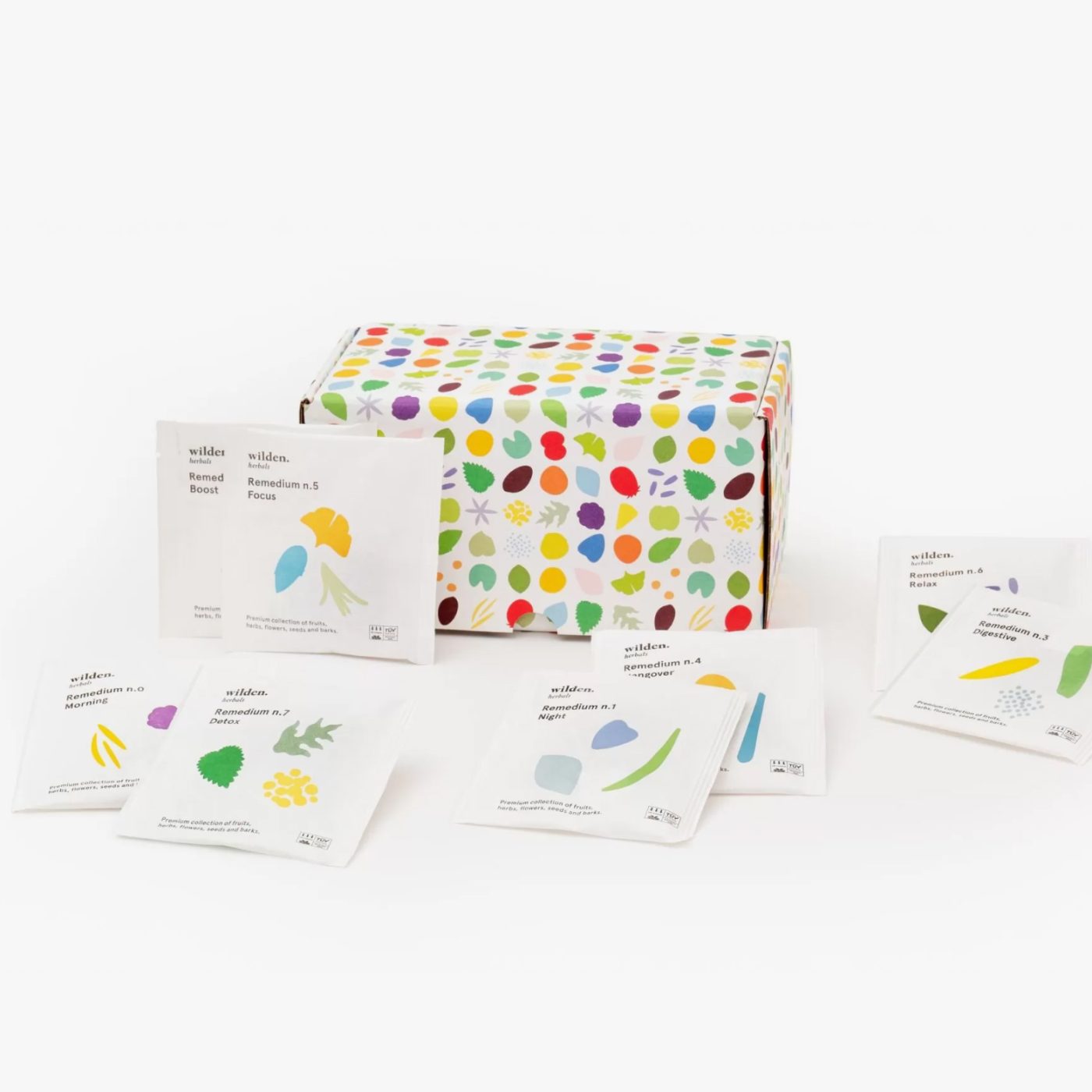Cardamom. Carda what? Cardamom.
Still little used in Europe, Cardamom is versatile and has a distinct personality. In this article, we learn more about the origins, properties and benefits of an undiscovered plant.
Table of contents:
- The plant
- What are the types of cardamom?
- What are the properties and benefits of cardamom?
- How to use cardamom?
- Curiosities
The plant
Cardamom (Elettaria cardamomum L. – Maton) is an herbaceous perennial plant belonging to the Zingiberaceae family, like its more famous cousin Ginger. It grows in tropical areas, and the largest producers are India, Guatemala and Sri Lanka. In appearance it looks like a set of erect stems arranged in bushy clusters, and a plant can reach 4-6 meters in height.
Cardamom, originally a wild-growing plant, has been cultivated since the 19th century for its fruits, small green pods that contain the precious and aromatic seeds. The fruits are harvested while still green, then dried and sold whole to preserve the aroma of the seeds contained within.

What are the types of cardamom?
There are three types of cardamom, Malabar, with a flavor tending toward eucalyptus; Mysore, with a warmer, spicier profile and citrus and floral notes; and Vazhucca, a natural hybrid between the first two and with an intermediate sensory profile.
So-called black cardamom on the other hand, is part of another species, is generally cheaper and has a smokier flavor. On the other hand, be wary of powdered cardamom–it will be very un-fragrant!

What are the properties and benefits of cardamom?
Always used for a variety of purposes in traditional Ayurvedic, Chinese, Tibetan, Arabic, Greek, and Roman medicine, cardamom contributes to stress reduction, thanks to its high levels of linalool and linalyl acetate, aromatic compounds also found in lavender, citrus fruits, and various flowers and spices.
Traditional uses of this spice, see it as particularly useful for the treatment of asthma, digestive disorders and cold symptoms, later proven in pharmacological studies. Its essential oil turns out to be an effective diuretic and detoxifier, which is why it was chosen by us at Wilden.herbals for our Remedium no. 4 – Hangover.

How to use cardamom?
The fruit we buy (which has already been dried in the plantation), looks like a brownish-green capsule.
At the time of use, you can use it in different ways, depending on the desired intensity: a whole capsule, for example, perhaps slightly crushed or with side cuts, so as not to disperse the seeds is what you need to have a delicate aroma. On the other hand, if you try to open the capsule, you can use the seeds to flavor water or oil, then used in your culinary preparations; finally, you can break the capsule and crush the seeds with a mortar to add them later to the recipe. Be careful, however, not to overdo it!
Curiosities
After saffron and vanilla, cardamom is the third most expensive spice in the world.
Arab tradition has cardamom associated with coffee to reduce the power of the caffeine present in the latter. The resulting drink, Qahwa, is often consumed to combat headaches and stress.
In tales from “The Arabian Nights,” cardamom was attributed with the power to get anyone into the good graces of the desired person. How? With a magical gravy or a delicacy in which cardamom seeds were present.
Although Europeans do not make use of this spice in traditional recipes, there are some exceptions, such as Swedish Kardemummabullar, very soft spiced brioche or Belgian Trappist beers.
Bibliography
- Ashokkumar, Kaliyaperumal, et al. “Botany, traditional uses, phytochemistry and biological activities of cardamom [Elettaria cardamomum (L.) Maton]-A critical review.” Journal of ethnopharmacology 246 (2020): 112244.
- Stewart, Amy. The Drunken Botanist : the Plants That Create the World’s Great Drinks. Chapel Hill, N.C.: Algonquin Books of Chapel Hill, 2013.







